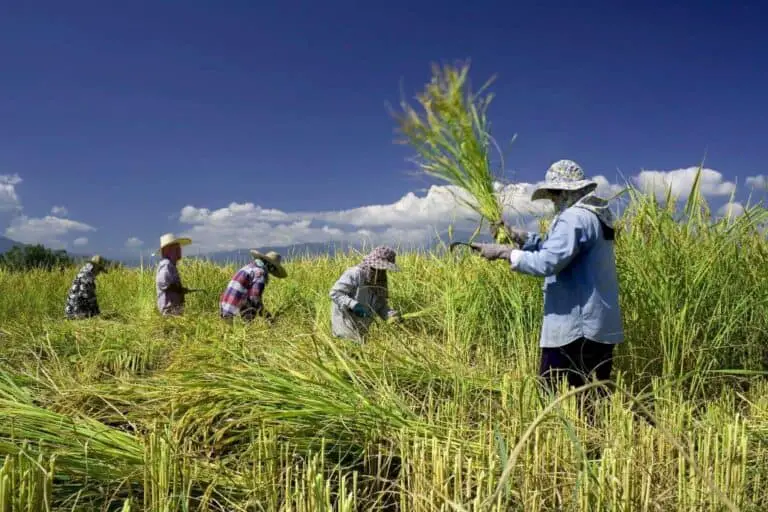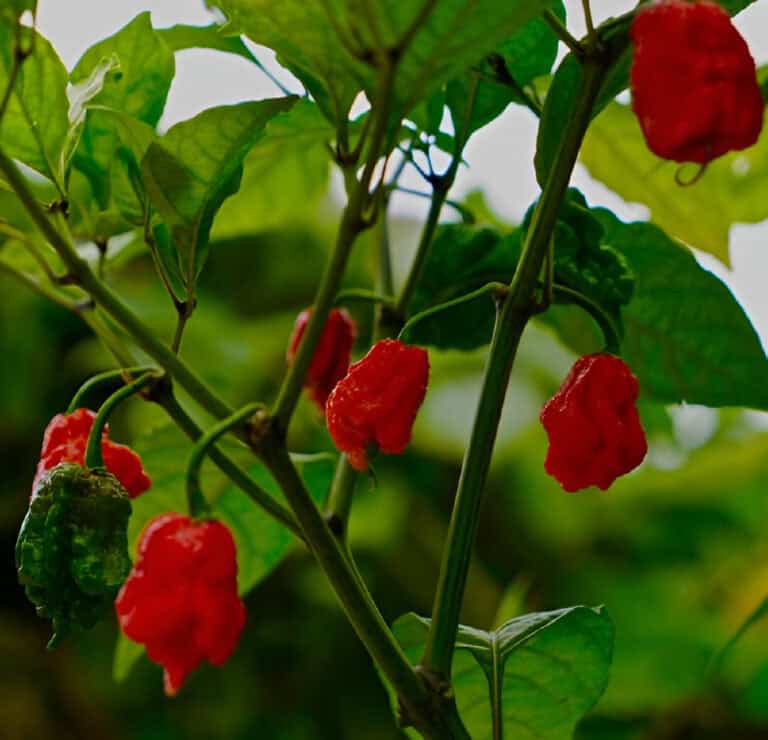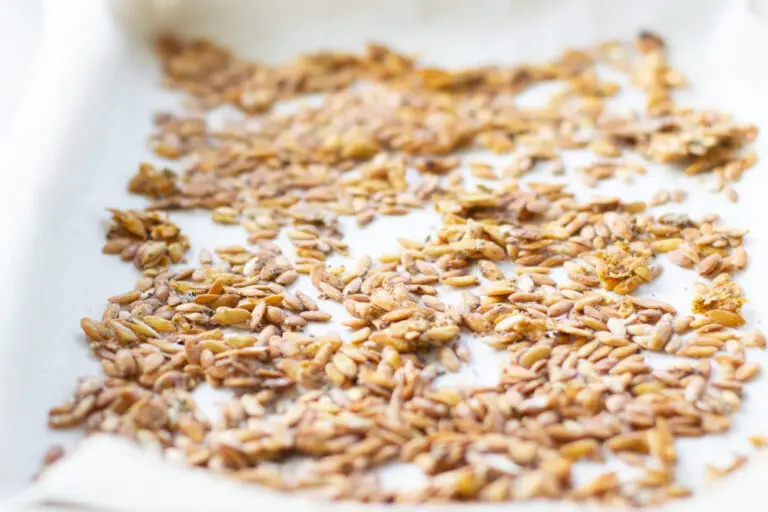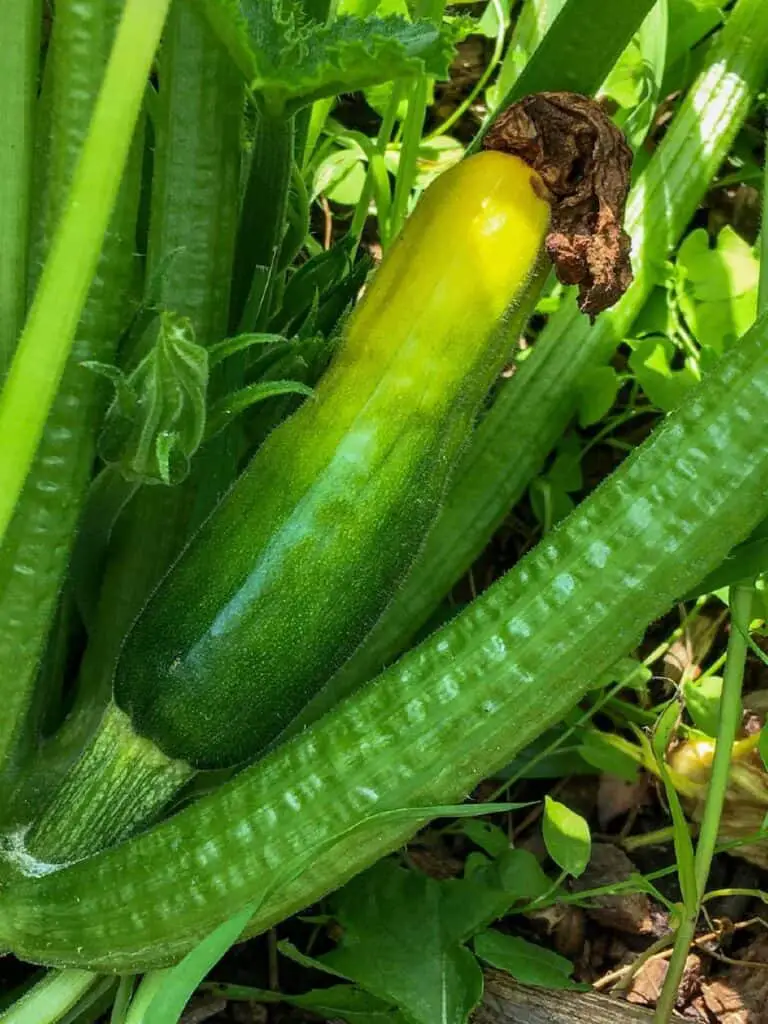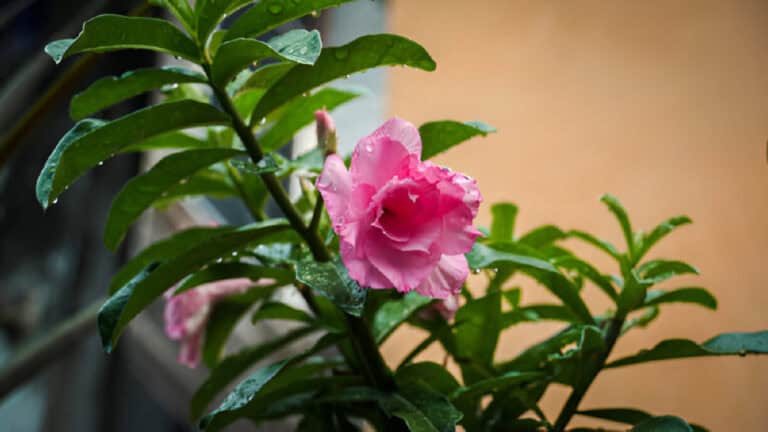Green Beans Growing Stages (with Pictures): Plant Life Cycle & Timeline
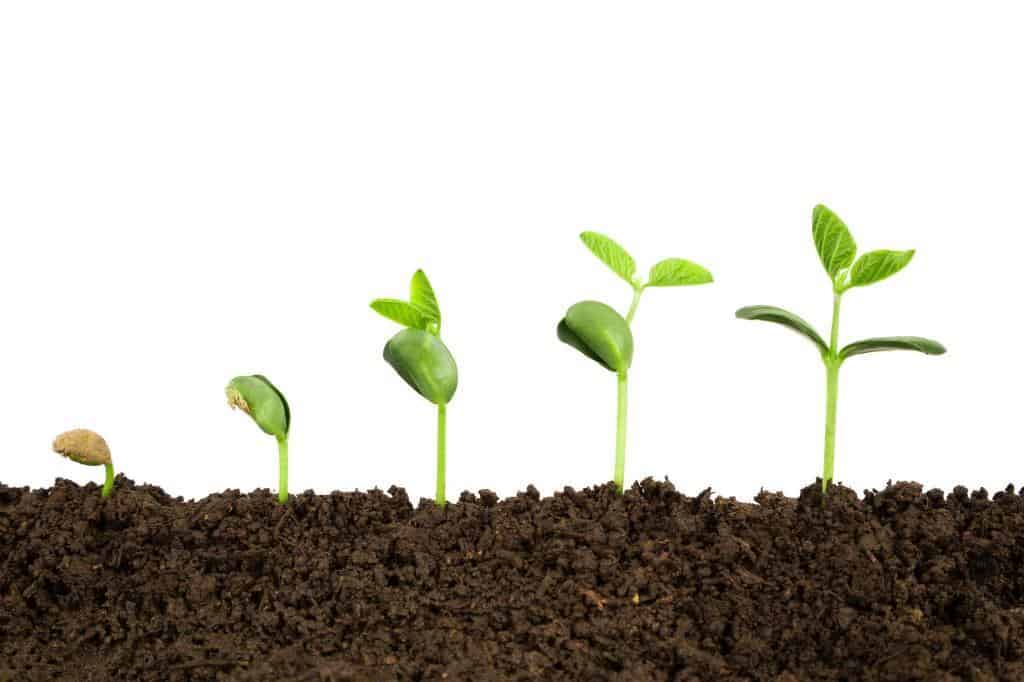
Green beans are annual plants, meaning the life cycle of the green bean plant lasts one year. This is a relatively short period compared to other vegetables and plants, but still has a very important role in gardeners’ lives. This makes them an ideal vegetable crop for gardeners who want a fast harvest.
Green beans go through five phases in their life cycle: planting seeds, germination, seedlings, flowering and pod sets, maturation and harvest.
The life cycle of the green bean plant begins with the planting of seeds in the spring and ends upon harvest in late summer or early fall. Knowing when each green beans’ stage’s life cycle occurs will make it easier for you to know when to plant, harvest, and let the plants cease producing green beans.
Planting Seeds
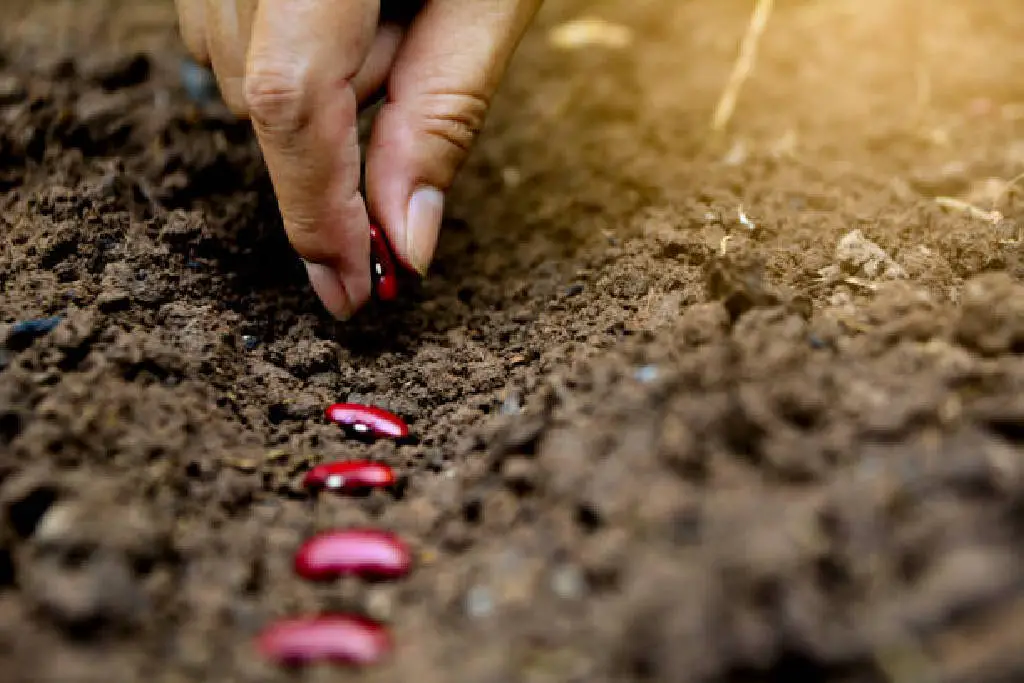
Green bean seeds are a popular choice for gardeners because they sprout quickly, look nice, and taste good. There are many varieties of seeds to choose from, but in general, there are two main types: bush green bean and pole green bean.
Bush varieties are ideal for novice gardeners who don’t have a lot of time on their hands; they require less tending than pole varieties but deliver just as good a yield when it comes time for harvest.
Planting these seeds directly into the soil is an easy way to get your green beans growing fast and thriving in the garden. You can begin planting your seeds indoors four weeks before the last frost date in your area.
They should be planted outside when there is no longer any risk of frost and the soil is consistently at least 65 degrees Fahrenheit.
The seeds like to be planted in rich soil about an inch deep. Green beans will germinate and grow in four to ten days if the soil is wet and warm.
Germination
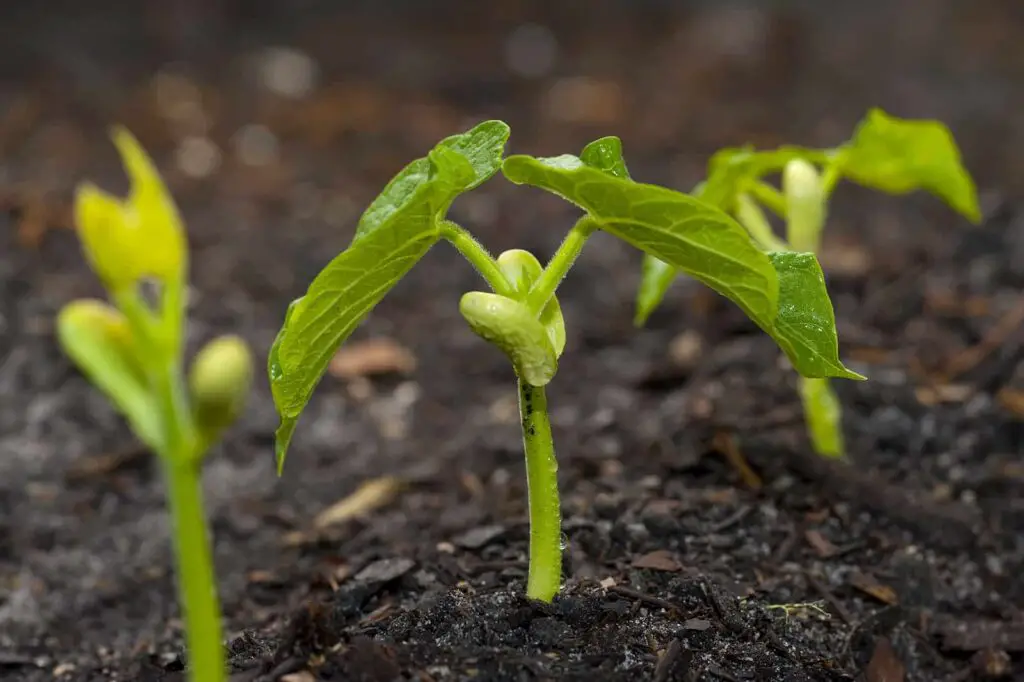
During germination, the seed absorbs water and swells until it bursts open, allowing the root to emerge. This root will eventually become the young shoot’s anchor in the soil as it grows bigger and taller.
Warmth speeds up the process of germination, which must happen quickly enough to keep the plant from eating all of the starch in the green bean.
Seedlings
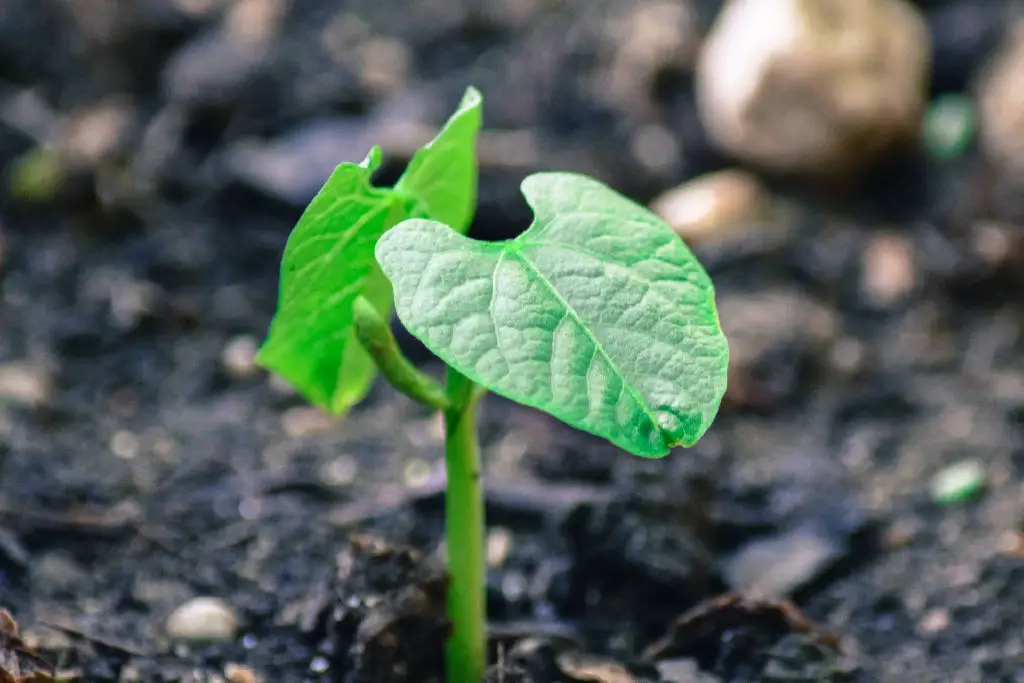
Depending on what kind of green bean you planted, either a pole or a bush, the seedlings will start to grow upward.
Depending on the variety, the young plant develops more leaves and matures into a bush or a pole-shaped adult plant that resembles a vine.
Some varieties grow as ‘half-runners” and behave like a hybrid of bush and pole plants.
Bush-type green beans grow into a thick bush that gets about 2 feet tall and 1 foot wide. Pole-type beans can grow up to 6 feet tall and need a trellis to support them.
Flowering and Pod Set
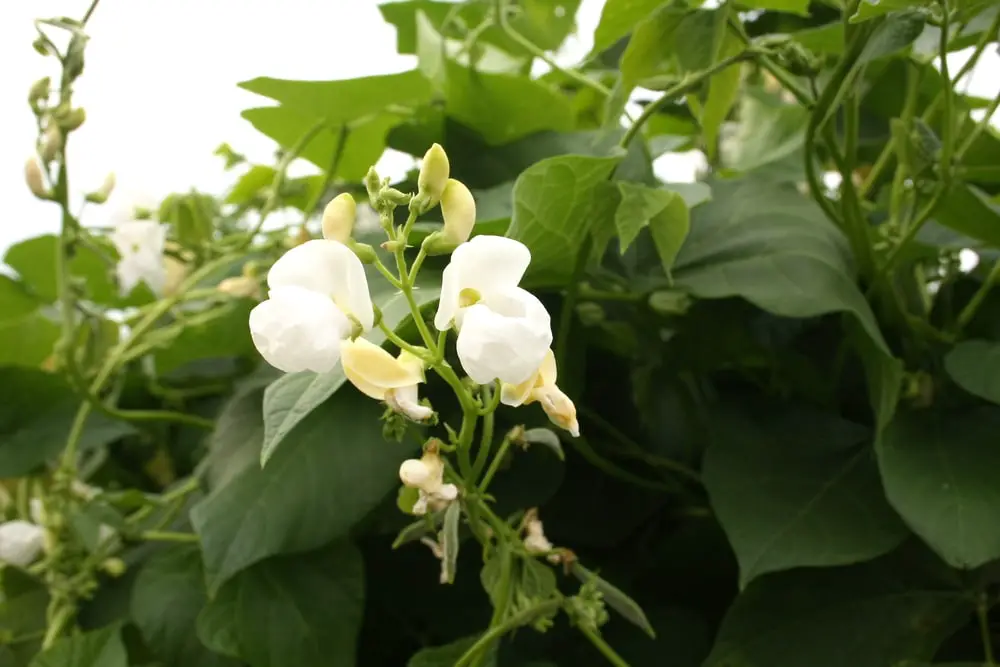
Plants start reproducing as soon as they are able to produce flowers, which are the reproductive part of the plant. Although the length of time it takes a bean plant to flower varies depending on the variety of bean, in general, you’ll start seeing flowers on the bean plant six to eight weeks after germination.
Bush beans are determinate, which means that the plant produces flowers and seeds all within a short period of time.
Pole beans are indeterminate, and continuously produce flowers and seeds throughout their growing season.
Seed pods form as a result of pollination or fertilization of the blooms.
The flowers start off white and then change to yellow as they mature. Soon afterward, the flowers will be replaced by green bean pods, which contain several small, round, or flattened seeds inside them.
Maturation and Harvest
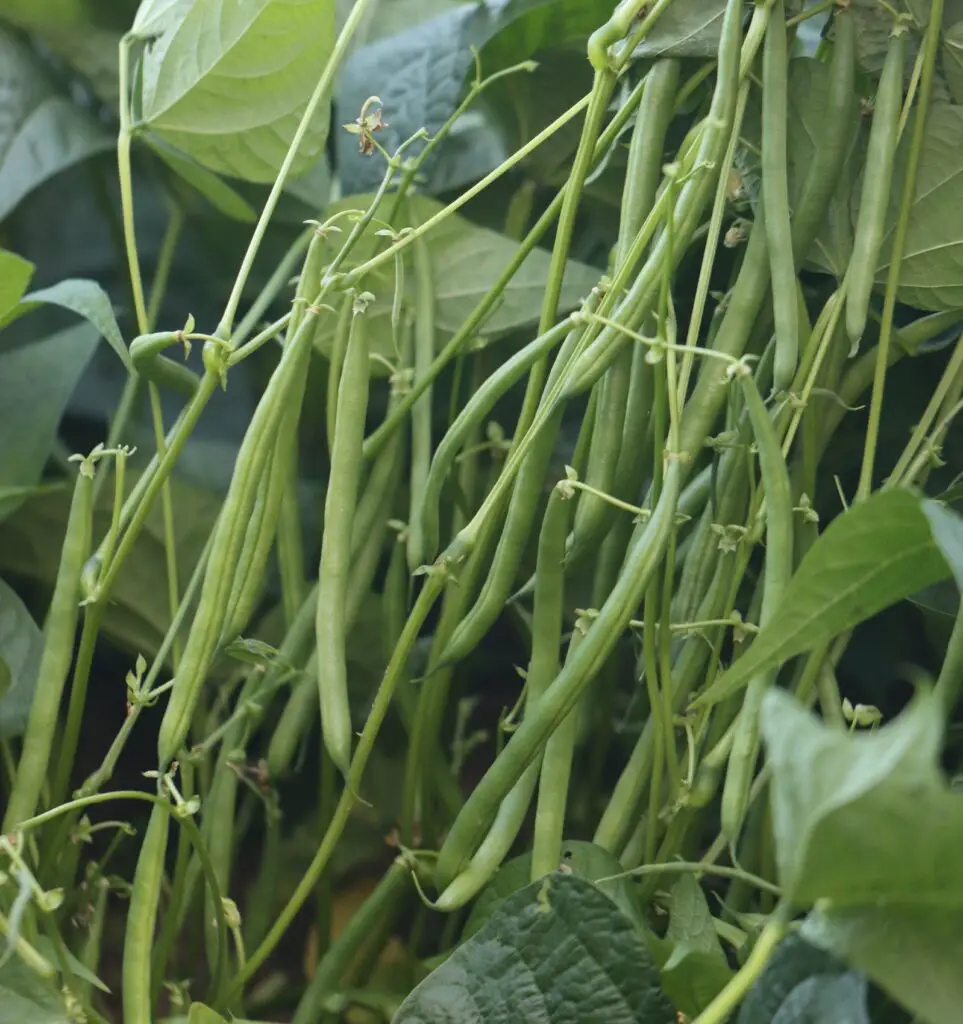
The pod’s beans appear somewhere between 45 and 60 days after planting. At this stage of the green bean’s life cycle, the pods have reached their full size and color and have turned from a bright to a dull or yellowish green. The texture will have become firmer as well due to the loss of moisture content, making it harder but less sweet than when it was younger.
Bean pods are usually picked before the beans inside start to grow. Bean pods are harvested at different times, depending on the type of bean. In many cases, the bean pods are harvested before the beans inside start developing.
Some pods are allowed to fully mature, becoming quite long and fat, so that seeds can be harvested for the harvests of the next spring. The pods are left to hang on the plant and dry out until the skins get firm and start to turn brown. After the plants are harvested and split, the seeds are taken out and saved for planting the following spring.
As long as the beans are picked, the plants will keep making beans until the end of the growing season.
So, How Fast Green Bean Plants Grow?
The rate of growth for green beans will depend on several factors, including soil quality, sunlight exposure, and air temperature.
Generally speaking, a healthy green bean plant can reach maturity in 45 to 65 days. The plants need plenty of sun each day to thrive; at least 6 hours of direct sunlight is ideal.
Pole beans are vining plants that require trellising or staking for support. They tend to be longer and may even reach heights of up to 15 feet in some cases.
Bush beans, on the other hand, are a smaller variety of green bean that does not need any form of support and can grow from 12 inches to 4 feet tall.
The difference in size between pole and bush beans is an important factor when it comes to yield. Pole varieties will produce more than bush varieties since they grow larger and can carry more pods at once.

